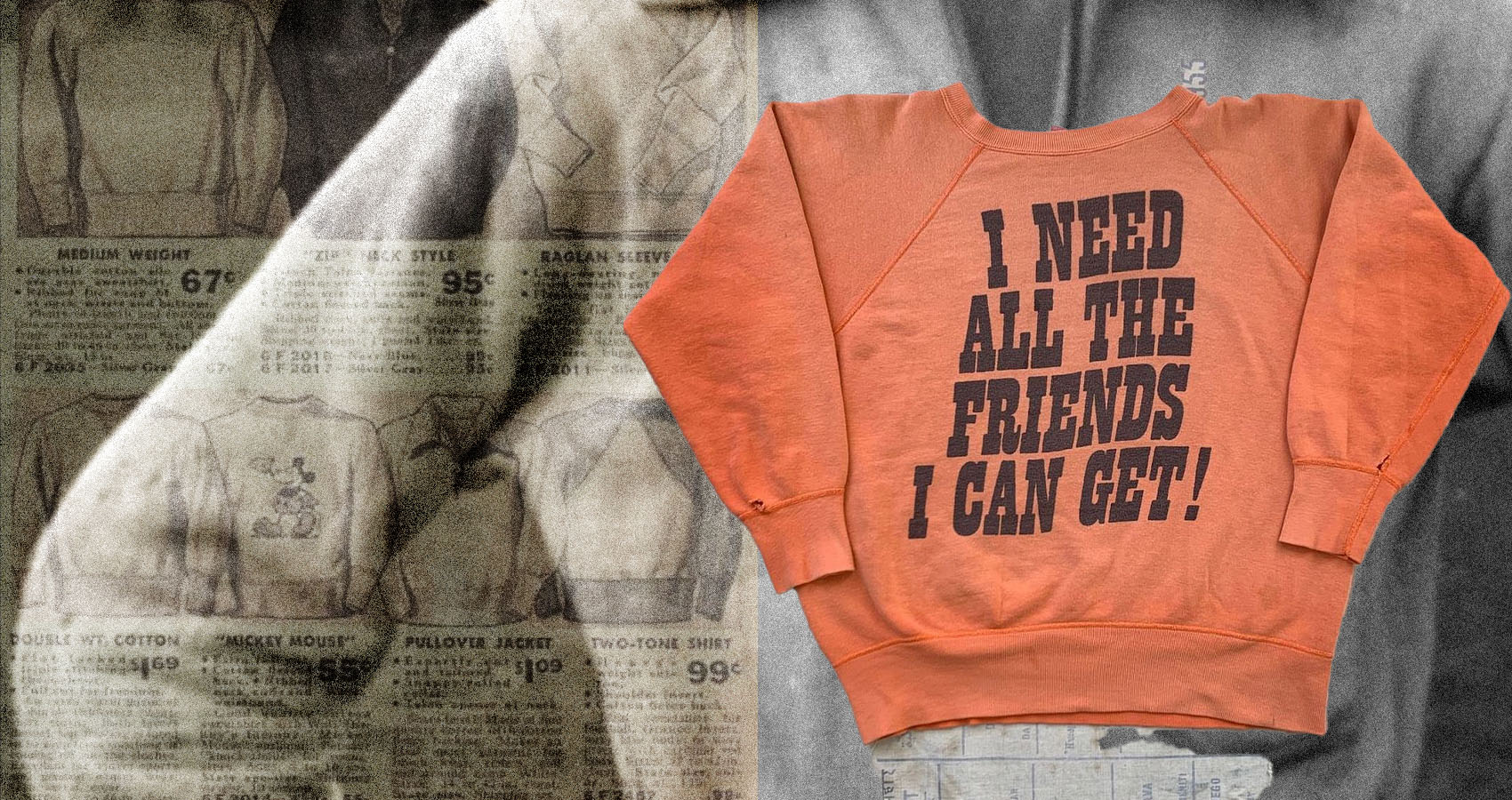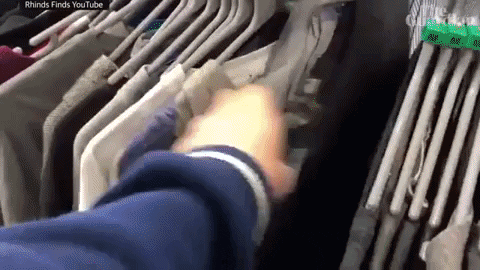
Thrifting Trends: The Eclectic Allure And Hidden Pitfalls Of Second-Hand Shopping
An environmental friend or foe?
Forget the shining, glossy, glowing aesthetic; grandma-core is here, and boy are we here for it! The excitement of sifting through endless rails of worn sweaters, knits, and pulled jeans at the thrift store, determined to find that single jewel of an item that you know is in there amongst the chaos, is now more enjoyable than online shopping.
It’s no secret that Gen Z has caught onto the joys of second-hand finds in recent years, but what has caused this seemingly simple way of wardrobe-building to spike in popularity amongst young people? Styles dating back to the 90s, and even before, have clawed their way back into the fashion world through an increasingly minimalistic look, and logically, it would only be possible to get items to curate this image, affordably, from those who formerly dressed in this way, via a thrift store or online sites such as Vinted and Depop. However, it’s possible to suggest that the sellers of these now highly desired pieces have caught on to the demand, causing an issue known as the “gentrification of thrift.” Basically, the increase in second-hand shopping causes prices to rise due to demand being higher. For example, a tank top that would normally sell for a couple of dollars would go for ten.

It’s worth questioning then, if the popularity of thrifting solely relies on an ongoing fashion trend, what happens when the trend falls off? Consequently, it may not be as environmentally friendly as originally thought. When the many items purchased with the intention to blend in with a certain trend don’t suit the next one, they end up in the bottom of the closet to collect dust.
The moral of the story; think (before you drink) and buy that favored 20-dollar top from Vinted!
Graphic's by @Assinagel











